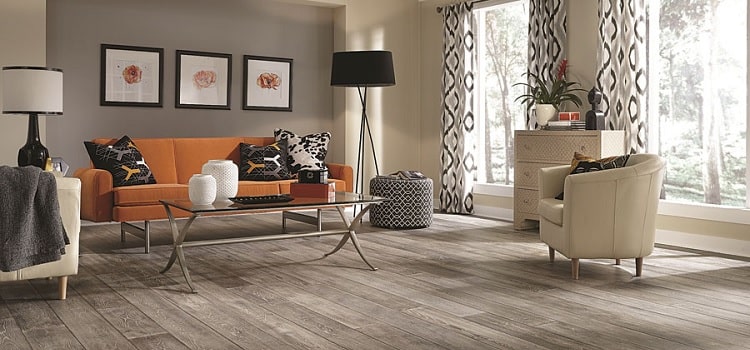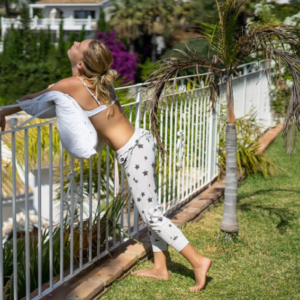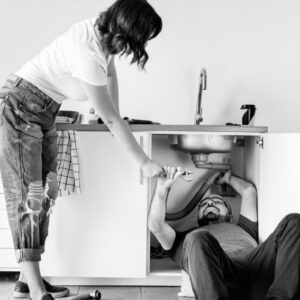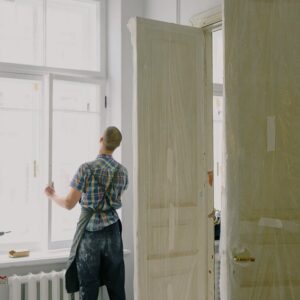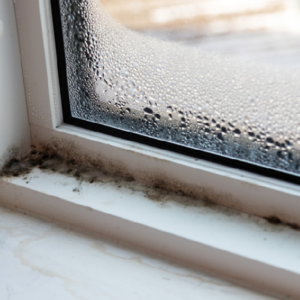Owning a hardwood floor isn’t an easy thing. Cleaning is easy if you’ve got a robot vacuum for hardwood floor, but maintenance is a never-ending task that you need to keep up with judiciously. In this guide, we’ll run through the types of hardwood floors, as well as how you can maintain yours effectively to prevent damage:
The Hardwood Flooring Types
Solid Hardwood Floors
This is natural hardwood from top to bottom, and it doesn’t come with any changes or additives – except in the case of prefinished floors, which usually come with urethane-based top coating too. Even at that, the coating is no more than that – coating. Everything else below the coating is natural wood that’s gotten from hardwoods.
Merit: Solid hardwood provides an excellent resale value, since a lot of homeowners and homebuyers love the originality of real, solid wood.
Demerit: When exposed to moisture for extended periods, solid hardwood can get significantly damaged.
Engineered Hardwood Floors
Engineered hardwood only started to gain traction in the 20th century, when floor manufacturers started laminating hardwood veneers on thicker plywood layers. Keep in mind, however, that the top parts of engineered hardwood are solid wood.
Merit: Engineered hardwood flooring is dimensionally stable, since climate changes don’t affect the plywood base.
Demerit: You can only sand down engineered hardwood a few times before it damages
Laminate Hardwood Floors
The top layer of laminate a hardwood floor is a photographic image of real hardwood. On top of that is a transparent wear layer that provides effective protection for the entire thing, and below is a majority for the product. Usually., laminate hardwood floors consist of resins and wood pulp.
Merit: Laminate hardwood floors are affordable, especially since they can be self-installed.
Demerit: Laminate hardwood floors don’t have a particularly great reputation. So, your resale value for one will be considerably lower than what you’ll get for engineered or solid hardwood.
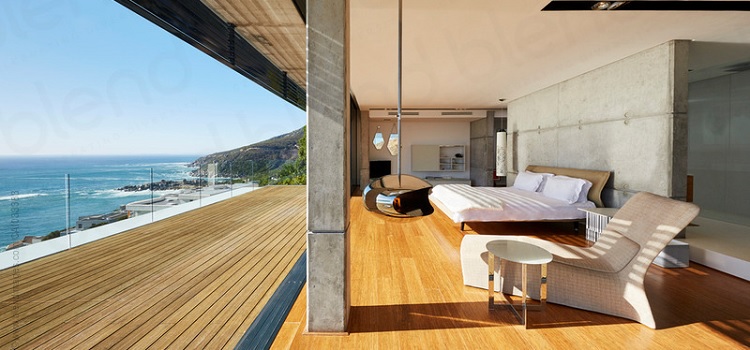
How to Protect Your Hardwood Floors
Protect the Floor from Moisture
anyone who wants to install a hardwood floor will recommend that you don’t install it in a moisture-heavy area (basements, bathrooms, etc.)
However, the job isn’t entirely done. A lot of us install solid hardwood floors in the kitchens, and there’s still a lot of moisture that can be found there – from the dishwasher, the sink, and the refrigerator, possibly leaking water.
People who have kitchen experience recommend that you get soft natural rubber mats, as they make it easier for you to stand for long periods of time. Apart from being convenient, however, they also work because they protect your floor from spilling water.
Also, remember that flash rainstorms can cause water to form under open windows. If this happens, then make sure you mop the water up immediately. The same precaution should be taken for spilled glasses of water and other small splashes that could have happened as a result of a mistake or the other. Make sure you wipe them up immediately to ensure the spilled water doesn’t seep into the floorboards.
Lastly, remember that water can be tracked in at entryways and doors. So, make sure all your doors have mats in front of them to protect against tracked water. Additionally, you could implement a “no-shoe” policy in these areas.
Maintain the Floor’s Coating
The top coating of your hardwood floor is most likely the most important thing to it. If you find that the coating is beginning to wear off, then make sure you get a replacement service as soon as possible.
The general rule of thumb is that no wood floor should be left without a coating for more than a few days.
Coatings can be stains, site-applied, or factory-applied. They have a high propensity to wear off in high-traffic areas, including near interior doors, kitchens, entries, stairway tops, pivot points, etc.
You can refinish both site-furnished and pre-furnished floors. You can give a hardwood floor several hard sandings before you reseal it, although engineered hardwood can only receive two or three light sandings at beat before resealing.
Minimize Daily Wear
Daily wear is something that your hardwood floors will have to deal with, regardless of where you place them. However, while it’s inevitable, there are at least a few ways you can mitigate it nonetheless.
One of the best ways to go this is to get an area rug. Get a breathable rug underlay, as opposed to mats or any underlays made of vinyl, synthetic rubber, and latex. These might cause discoloration and reduce the appeal of the floors. If you’re going to choose a rubber, then it should be a natural rubber.
Also, make sure to be cautious when you move heavy objects. Don’t slide them across the floor, and try to place soft floor protections under any stationary furniture (including chairs, sofas, shelves, etc.)
You also need to be careful with your pets. Animals like cats and dogs have claws, and these could constitute a danger to your hardwood floor too. So, make sure the claws are as trimmed as possible. You should also provide area rugs in places where dogs might lie because they’re most likely the areas where the dogs will take off when they start running.
